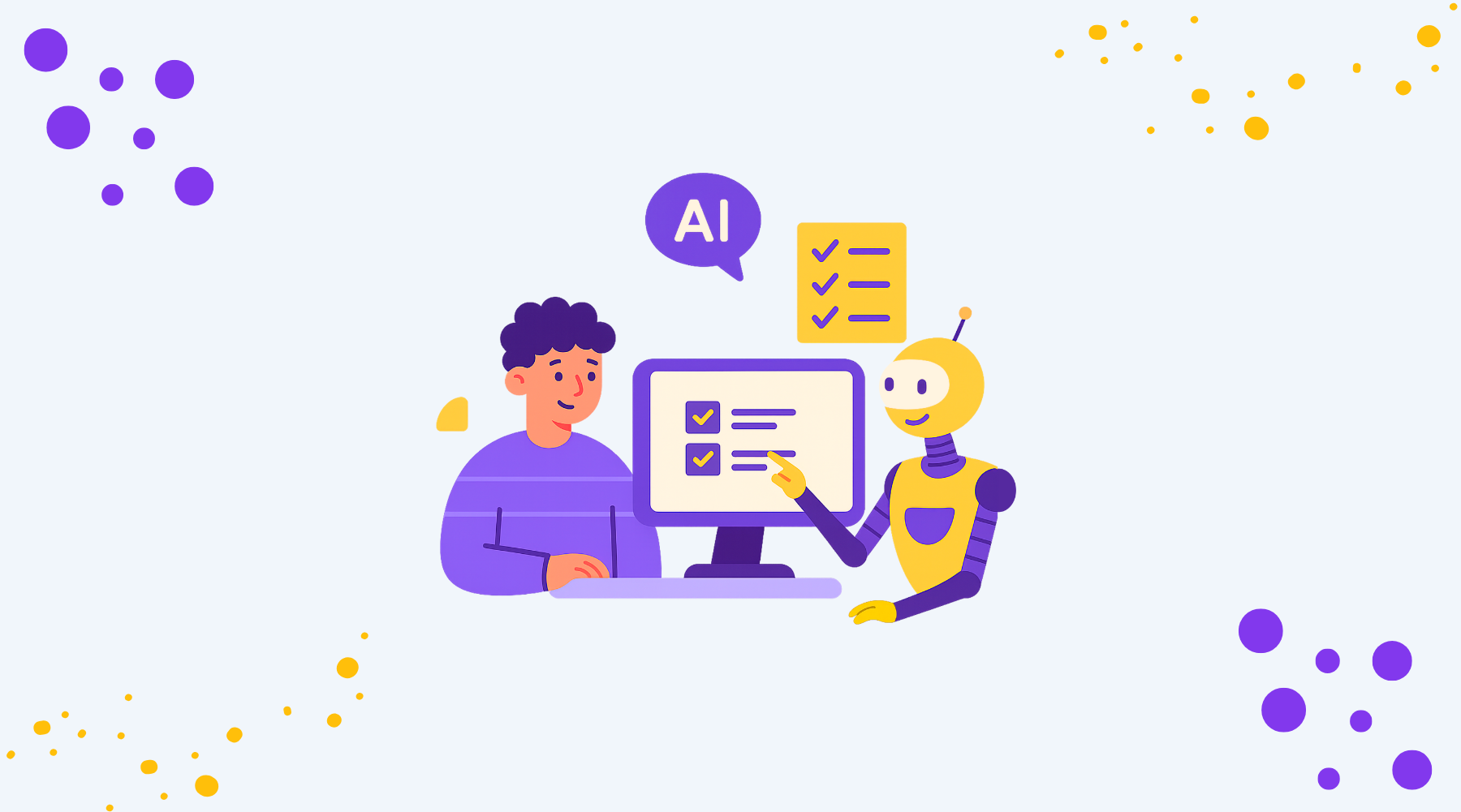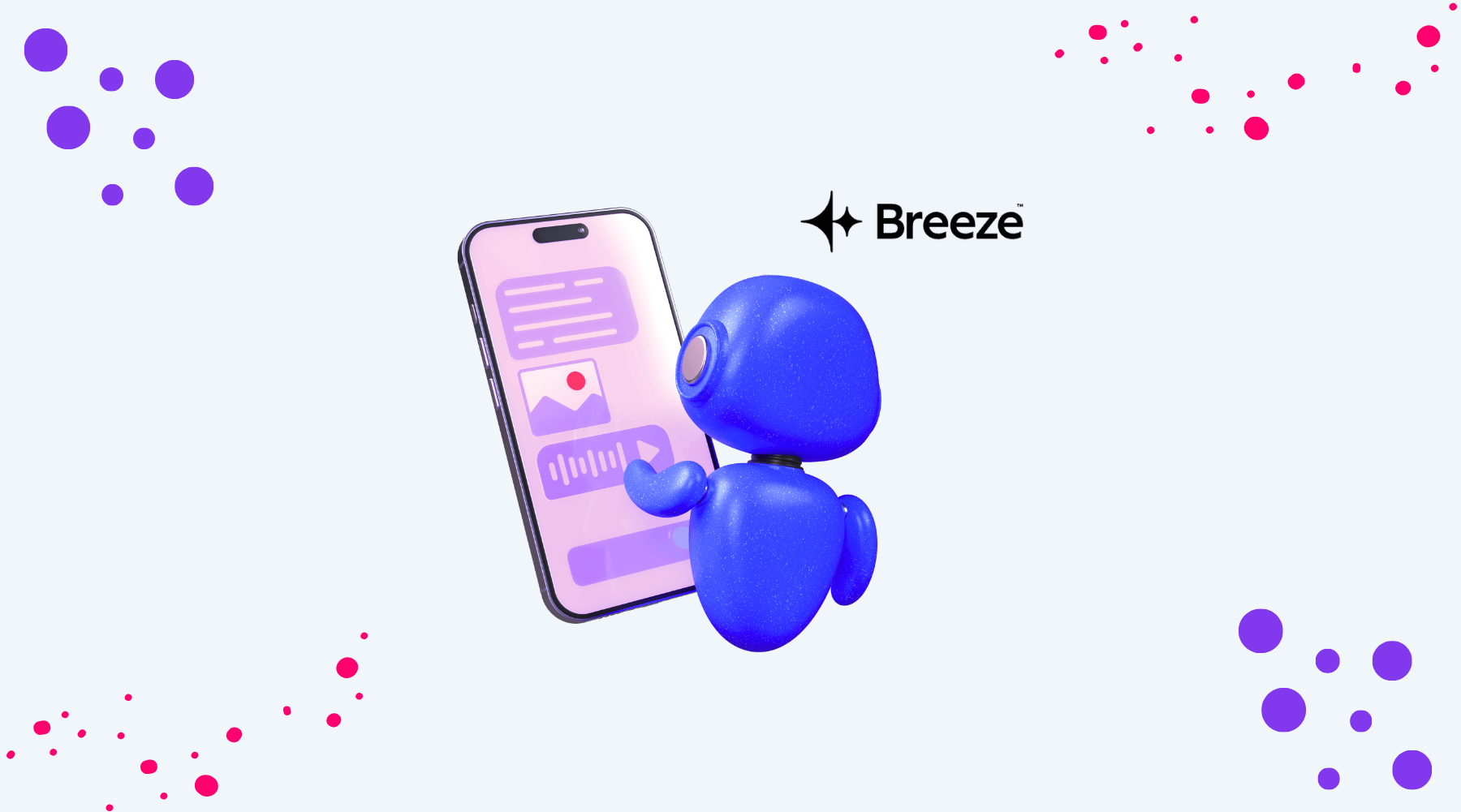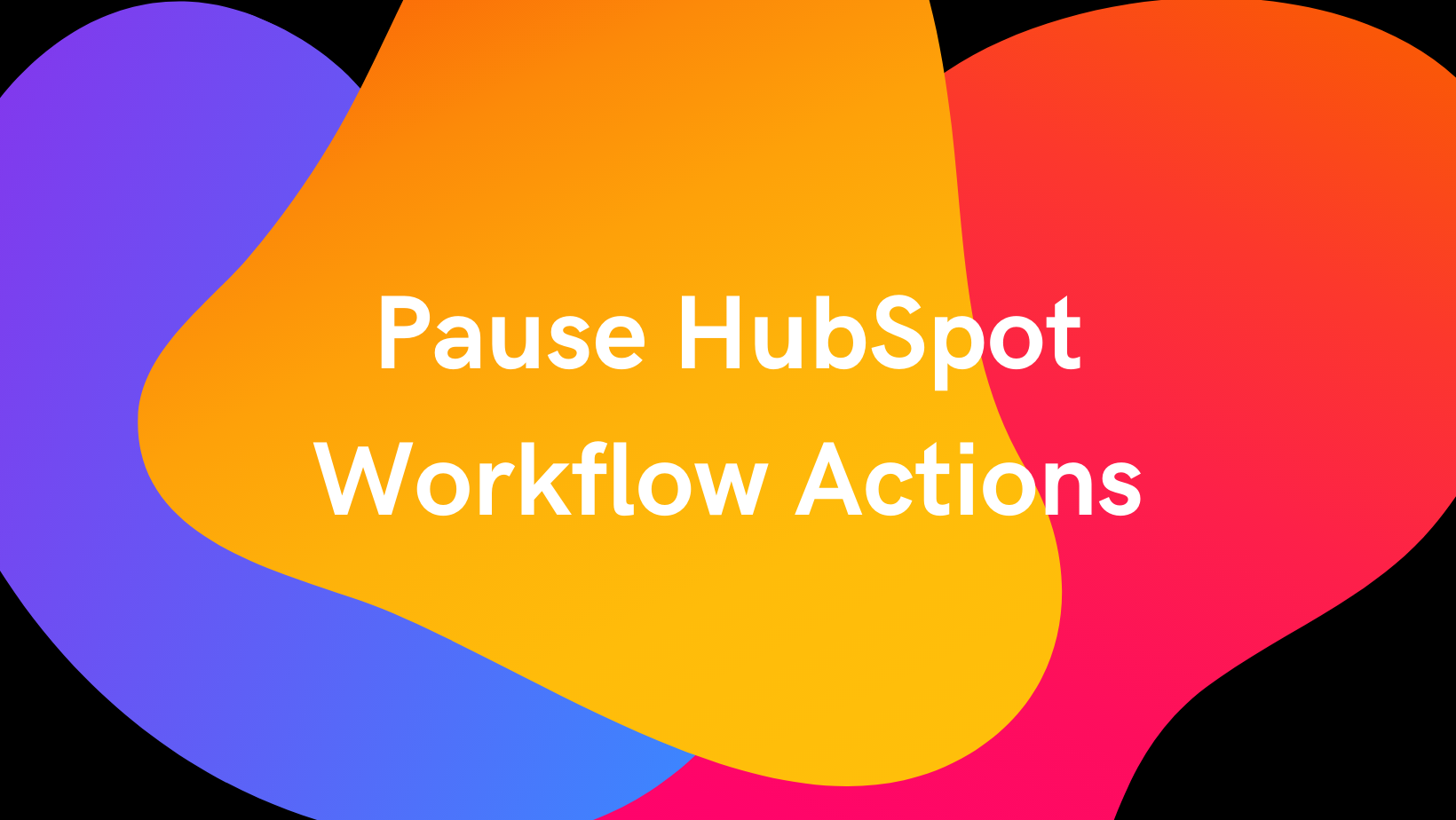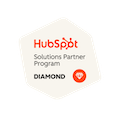
AI-Powered A/B Testing For Landing Pages in HubSpot
Written by: Rebecca Young
Published: 28 September, 2025
Ready to leverage the power of AI to quickly run A/B tests for your HubSpot landing pages with very little effort? Read on!
What HubSpot’s AI Offers for A/B Testing
HubSpot’s AI-powered A/B testing tools have helped us focus in on what to test by:
- Predicting which variations are likely to perform best based on historical data and engagement patterns
- Automatically segmenting visitors for more accurate test results
- Analyzing conversions in real time, reducing the guesswork in optimization
Test 1: Google Data Studio SEO Template: Small Copy, Big Impact
We have an awareness-stage offer of a downloadable SEO Report template for Google Data Studio. This page already had a clean, high-performing design and strong traffic volume, so we didn’t want to disrupt what was already working. Instead, we looked for low-effort, high-reward opportunities. Headlines and CTAs are often the fastest levers to pull because they directly impact how users perceive value and decide to take action.
By testing copy first, we could validate whether sharpening the value proposition (for example, emphasizing time savings and client impact) would move the needle without investing time into design or development changes.
Version A (Original)
- Headline: Download Our Free GA4 SEO Reporting Template
- CTA Button: Download Now

Version B (Testing Copy)
- Headline: Save Hours on SEO Reporting with Our Free GA4 Dashboard
- CTA Button: Get the Template and Impress Clients

HubSpot Implementation
- We set up an A/B test in HubSpot’s landing page editor, enabling AI-recommended copy for Version B. You can quickly access AI-recommended copy by selecting Collaborate with Copilot on the bottom-left toggle bar, which will prompt you to specify the changes you’re looking for.

- Traffic was evenly split, and HubSpot automatically tracked form submissions and engagement metrics.
The Results
Version B drove a 2.3% lift in form completions compared to Version A, based on the same traffic volume over the one-month test period. This means that, while traffic stayed consistent, the AI-enhanced copy encouraged a slightly higher percentage of visitors to submit the form.
Average engagement metrics improved. Users spent more time on the page and clicked the CTA more frequently, indicating that the benefit-focused messaging resonated with visitors.
The CTA button was also updated and because HubSpot tracks page views and form submissions separately, we could analyze performance at the element level. This allowed us to confirm that the headline improvement was the main driver, while the button change contributed marginally.

Test 2: HubSpot Website Grader: Form Placement & User Intent
Another lead generation tool that we leverage is the HubSpot Website Grader. In this test, we wanted to see if moving the form up the page would make a difference in the form completion rate. HubSpot AI analyzed previous user behavior to predict whether users would interact with a top-placed form and also suggested that we re-work our headline.

Version A (Original)
- Form below a short introduction
- Headline: “Assess your HubSpot website performance, SEO, mobile friendliness and security with this FREE tool.”
Version B (AI-Enhanced)

- Form moved above the fold
- Headline: “Instantly Grade Your Website’s SEO & UX”
The Results
- No statistically significant change in conversions.
- Users spent more time on the page, indicating that users were spending more time exploring the content before submitting the form. This could be positive, as it suggests users were engaging more deeply with the tool and understanding its value before taking action. Conversely, it could also signal friction—users may have had to spend more time finding the information they needed.
Key Takeaway
Shorter isn’t always better. Our test showed that simply moving the form above the fold did not increase conversions. Users of self-assessment tools like the HubSpot Website Grader still wanted context and clarity before engaging—they needed to understand what the tool would do, what information they needed to provide, and why it was valuable.
User intent matters more than general design rules. For tools and interactive pages, giving visitors the information they need upfront—even if it requires a bit more scrolling—can build confidence and trust, ultimately supporting conversions. In other words, clarity and context trump brevity when users are making a decision that requires effort or thought.
Test 3: HubSpot Portal Audit: Clarity & Design Matters
Our landing page offering HubSpot Portal Audits could use a little attention. This test focused on design simplification and clear value communication for a high-intent consultative service. HubSpot’s AI tools suggested headline tweaks and layout improvements to reduce cognitive load.

Version A (Original)

- Headline: “HubSpot Portal Audit”
- CTA: “HubSpot Portal Audit Request”
- Dense page with multiple sections
Version B (AI-Enhanced)

- Simplify the page structure by removing excess text that made the page feel cluttered.
- Introduce stronger subheadings to break up content and make the benefits of a portal audit easier to scan.
- Adjust spacing and visual balance, creating more white space so the form and CTA stood out more clearly.
- Reorder sections so that the “audit value” was emphasized earlier, guiding users toward the conversion point more naturally.
Unlike the earlier test, this wasn’t just a headline or CTA change—this variation involved restructuring the layout and content flow to improve clarity and usability across the entire page.
The Results
- Version B drove a 4.8% increase in form completions compared to Version A over the one-month test period.
- Scroll depth improved by 15%, indicating that users were engaging more thoroughly with the content.
- CTA clicks increased by 7%, showing that the simplified layout and clearer messaging encouraged more users to take action.
Key Takeaways
- Service pages benefit from clarity and visual hierarchy
- AI can identify friction points and recommend adjustments that increase user trust.
- By emphasizing the audit’s value, we were able to build confidence in the offering, helping users understand exactly what they would receive and why it mattered. The measurable improvements in conversions, scroll depth, and CTA clicks confirm that addressing friction points isn’t just theory—it produces real, actionable results.
👉Ready to supercharge your landing pages with AI-powered A/B testing in HubSpot?
Let’s chat about how we can optimize your conversions—using the same strategies we tested ourselves.

Written by: Rebecca Young
Solutions
Results
Resources
About
Contact
© CRONYX Digital SEZC







.png)
.png)
.png)
